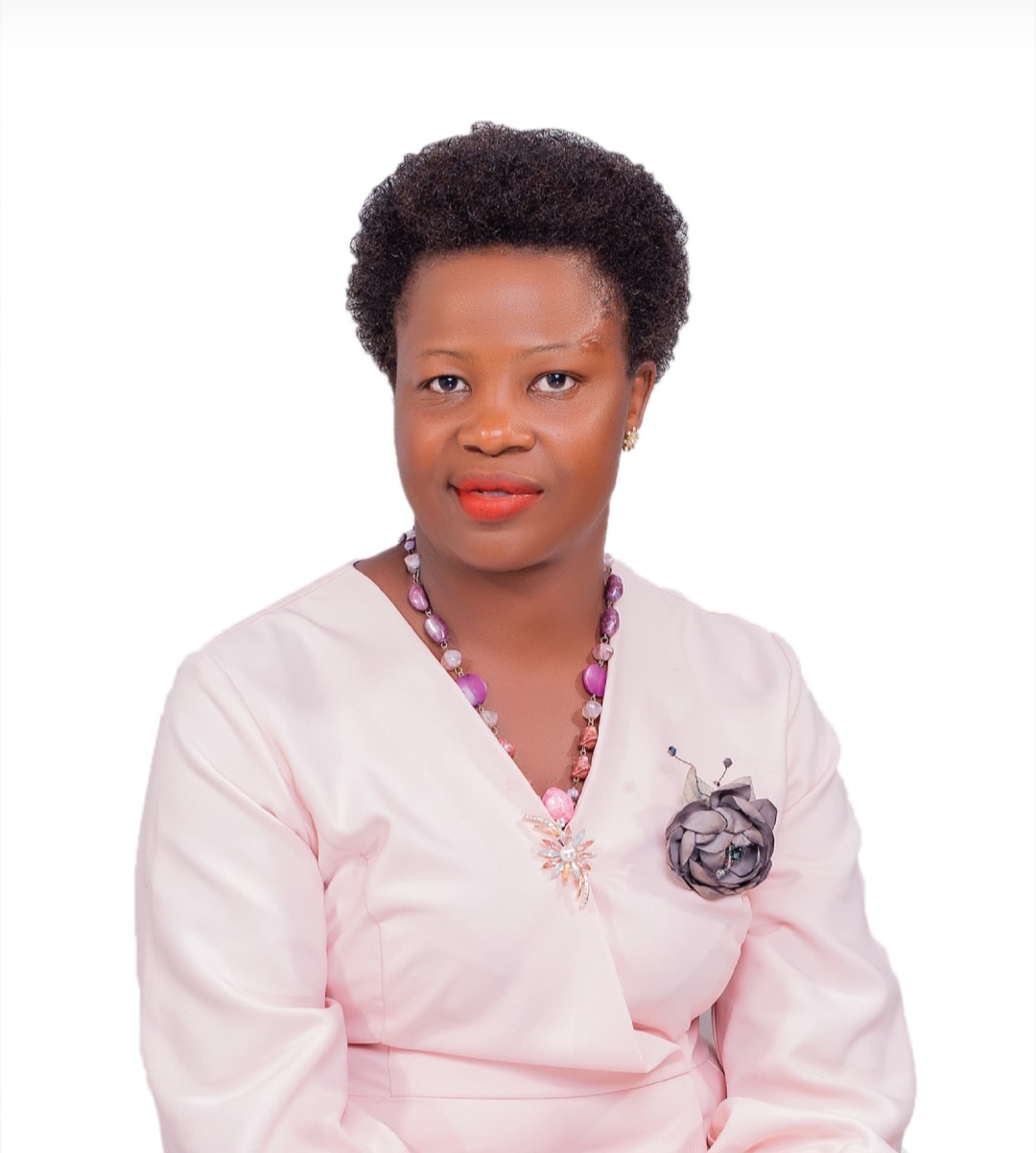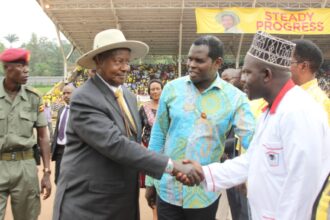By Dr-Ian Clarke
I am not the only Irish Ugandan working in Uganda; in fact there is a long tradition of Irish Catholic missionaries working here: many Ugandans have been taught by Irish nuns, and most of us have benefited from the services of the Catholic sisters who ran mission Hospitals. Sister Miriam Duggan, the Medical Superintendent of Nsambya Hospital, pioneered AIDS homecare when the epidemic first swept through the country in the late eighties and nineties. Many of these heroic nuns have since departed Uganda, but there are others who are still here, like Sister Maura Lynch who works in Kitovu Hospital outside Masaka.
Sister Maura is a surgeon, who lost the sight of one eye when she was at an age when most people would have chosen to retire, but not Sister Maura. Not only did she carry on as a surgeon – now a one eyed surgeon – but she has been the person in Uganda who has done most for women with VVF (Vaginal fistula). This is the condition in which a woman in obstructed labour develops a hole in the bladder, due to the prolonged pressure of the baby’s head in the vagina and thereafter is left incontinent. Such women are ostracized in the community because they constantly smell of urine. The operation to repair the hole is difficult and requires special training, but Sister Maura has performed hundreds of these operations and trained many Ugandan surgeons. In fact the hospital has a program in which they carry out special camps every two months for repairing VVFs.
Maura is now getting on in years, so when the Irish government gave a grant to Irish seniors living abroad, she used the money to put in a solar light on the path from her house to the hospital in order not to trip when she was called, and also to have an en-suite bathroom put into her bedroom. This great, but humble, woman was getting the ‘luxury’ of being able to enjoy an en-suite at the age of seventy-nine. As we went round the hospital, Maura introduced me to another slightly younger Ugandan nun who had taken over from her in the administration of the hospital, because there comes a time when even a one eyed seventy-nine year old surgeon must plan for the future. She then told me the story of how she was taking her younger Uganda counterpart to be introduced to the Irish Ambassador, when the Ugandan nun tripped over and broke her shoulder. I couldn’t help smiling at what these two ladies were doing: they were serving the poor unselfishly, transforming the lives of thousands of women with VVF, but one was a seventy-nine year old who had lost the sight of one eye, while the other slightly younger sister had fallen and broken her shoulder, but nothing could stop them. I wondered what the rest of us younger people were doing.
I was visiting the hospital because another ‘retired’ Irish doctor, Dr John Kellet, was doing some research on electrocardiograph (ECG) screening for hypertension (blood pressure). The machine he was using (supplied by an Israeli company, LevMed), was so simple to use that the hospital had carried out 1,600 ECGs over the prior nine months, having done none before that. Dr John had shown two of the nurses how to do the test, and they went silently from bed to bed carrying 12 lead ECGs. This is not a new investigation, but it usually takes some time to set up, and nurses make mistakes in the way they connect the leads; the machine also requires special paper, a power supply and is prone to breaking down. As a result, the test is often confined to emergency and cardiology departments. The new machine is simple to set up, takes about three minutes to do the test, runs off a battery, and transmits the results by Bluetooth to a tablet or laptop. LevMed had given the ECG machine to the hospital and Hadas, a young Israeli from the company, had also come over to Uganda.
When I visited the ward they carried out an ECG on a young man who had been admitted for malaria, but the test also showed that he had Left Ventricular Hypertrophy (LVF) – thickening of the wall of the heart. This can be due to several conditions, but the commonest is high blood pressure because the heart is forced to pump harder and thus the wall becomes more muscular. Out of one thousand six hundred patients they have screened they found 20% of the patients had evidence of thickening of the heart muscle, which is far higher than expected, and provides the basis for much needed research on the peculiar features of high blood pressure in Africans.
In this rural Ugandan hospital I found a 79 year old Irish surgeon and her slightly younger Ugandan counterpart who were transforming lives, and another ‘retired’ Irish cardiologist who was carrying out ground breaking research on high blood pressure. Not being able to call myself young any more, I was inspired that some people considerably older than myself don’t seem to be able to stop changing the world.
Do you have a story in your community or an opinion to share with us: Email us at Submit an Article





